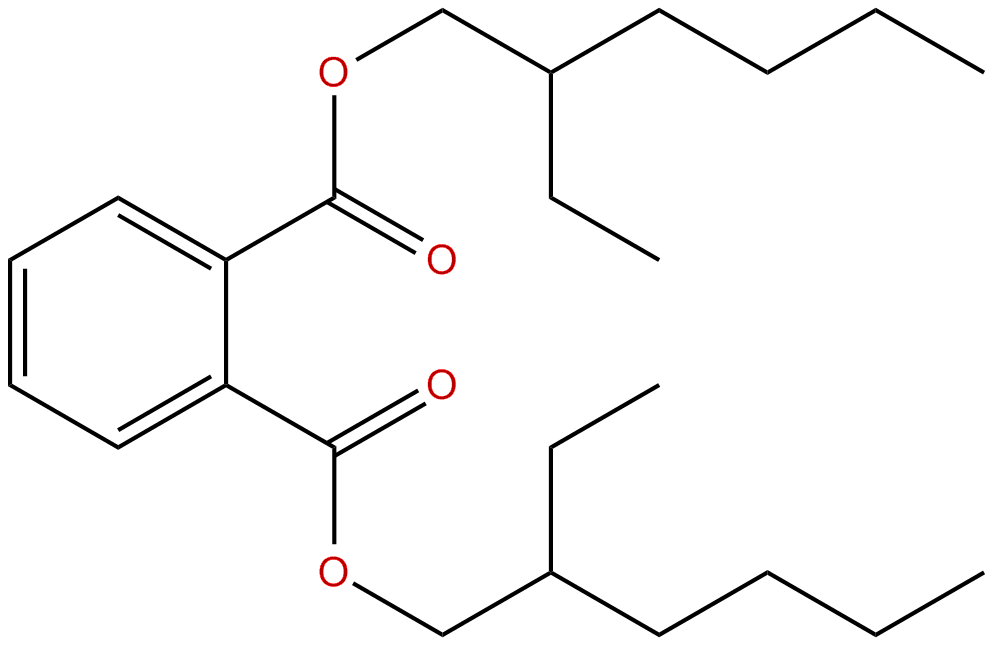Compound Information
|

|
Property Availability
For this compound, WTT contains critically evaluated recommendations for:
(Please note that if more than 50 points are used for
regression, only the 50 most-constraining points are reported)
- Triple point temperature
- Triple point temperature (Glass, Liquid, and Gas)
1 experimental data points - Triple point temperature (Crystal 2, Crystal 1, and Gas)
1 experimental data points
- Triple point temperature (Glass, Liquid, and Gas)
- Normal boiling temperature (Liquid and Gas)
- Critical temperature (Liquid and Gas)
1 experimental data points - Critical pressure (Liquid and Gas)
1 experimental data points - Boiling temperature (Liquid in equilibrium with Gas) as a function of Pressure
Pressure from 1.96977e-022 kPa to 1074.11 kPa - Phase boundary pressure
- Phase boundary pressure (Crystal 1 in equilibrium with Gas) as a function of Temperature
Temperature from 313 K to 353 K
23 experimental data points - Phase boundary pressure (Liquid in equilibrium with Gas) as a function of Temperature
Temperature from 184 K to 835 K
30 experimental data points
- Phase boundary pressure (Crystal 1 in equilibrium with Gas) as a function of Temperature
- Critical density (Liquid and Gas)
- Density
- Density (Liquid in equilibrium with Gas) as a function of Temperature
Temperature from 184 K to 835 K
17 experimental data points - Density (Gas) as a function of Temperature and Pressure
Temperature from 470 K to 830 K
Pressure from 0.0003 kPa to 264.246 kPa - Density (Gas in equilibrium with Liquid) as a function of Temperature
Temperature from 671.665 K to 835 K
- Density (Liquid in equilibrium with Gas) as a function of Temperature
- Enthalpy of phase transition (Crystal 2 to Crystal 1 in equilibrium with Gas)
1 experimental data points - Heat capacity at saturation pressure
- Heat capacity at saturation pressure (Glass in equilibrium with Gas) as a function of Temperature
Temperature from 15 K to 184 K
50 experimental data points - Heat capacity at saturation pressure (Liquid in equilibrium with Gas) as a function of Temperature
Temperature from 184 K to 818.3 K
40 experimental data points
- Heat capacity at saturation pressure (Glass in equilibrium with Gas) as a function of Temperature
- Heat capacity at constant pressure (Ideal Gas) as a function of Temperature
Temperature from 200 K to 1000 K - Enthalpy
- Enthalpy (Glass in equilibrium with Gas) as a function of Temperature
Temperature from 15 K to 184 K - Enthalpy (Liquid in equilibrium with Gas) as a function of Temperature
Temperature from 184 K to 818.3 K - Enthalpy (Ideal Gas) as a function of Temperature
Temperature from 200 K to 1000 K
- Enthalpy (Glass in equilibrium with Gas) as a function of Temperature
- Entropy (Glass in equilibrium with Gas) as a function of Temperature
Temperature from 15 K to 184 K - Refractive index (Liquid in equilibrium with Gas) as a function of Wavelength and Temperature
Temperature from 293.138 K to 308.082 K
5 experimental data points - Viscosity
- Viscosity (Gas) as a function of Temperature and Pressure
Temperature from 680 K to 1250 K - Viscosity (Liquid in equilibrium with Gas) as a function of Temperature
Temperature from 273 K to 830 K
24 experimental data points
- Viscosity (Gas) as a function of Temperature and Pressure
- Thermal conductivity
- Thermal conductivity (Gas) as a function of Temperature and Pressure
Temperature from 680 K to 1250 K - Thermal conductivity (Liquid in equilibrium with Gas) as a function of Temperature
Temperature from 190 K to 750 K
- Thermal conductivity (Gas) as a function of Temperature and Pressure
- Enthalpy of formation
- Enthalpy of formation (Gas)
- Enthalpy of formation (Liquid)
About WTT
NIST/TRC Web Thermo Tables (WTT)
NIST Standard Reference Subscription Database 3 - Professional Edition
Version 2-2012-1-Pro
This web application provides access to a collection of critically evaluated thermodynamic property data for pure compounds with a primary focus on organics. These data were generated through dynamic data analysis, as implemented in the NIST ThermoData Engine software package [1, 2, 3, 4, 5, 6]. Some critically evaluated data from the historical TRC Thermodynamic Tables archive [7, 8] are included, also. As of May 2012, the Professional Edition contains information on 28432 compounds and total of 531486 evaluated data points. The properties covered by both versions (32 total) are described in Properties and Implemented Models.
Developed by Kenneth Kroenlein, Chris D. Muzny, Andrei F. Kazakov, Vladimir Diky, Robert D. Chirico, Joseph W. Magee, Ilmutdin Abdulagatov and Michael Frenkel.
Thermodynamics Research Center (TRC)
Thermophysical Properties Division
National Institute of Standards and Technology
Boulder CO 80305-3337
Questions and comments should be addressed to Dr. Michael Frenkel .
DISCLAIMER: The National Institute of Standards and Technology (NIST) uses its best efforts to deliver a high-quality copy of the database and to verify that the methods and data contained therein have been selected on the basis of sound scientific judgement. However, NIST makes no warranties to that effect, and NIST shall not be liable for any damage that may result from errors or omissions in the program and database.
Distributed by:
Standard Reference Data Program
National Institute of Standards and Technology
Gaithersburg MD 20899
©2012 copyright by the US Secretary of Commerce on
behalf of the United States of America. All rights reserved.
Privacy Policy/Security Notice/Accessibility Statement/Disclaimer/Freedom of Information Act (FOIA)
The TRC Group is part of the Thermophysical Properties Division in NIST's Material Measurement Laboratory
The National Institute of Standards and Technology is an agency of the U.S. Department of Commerce